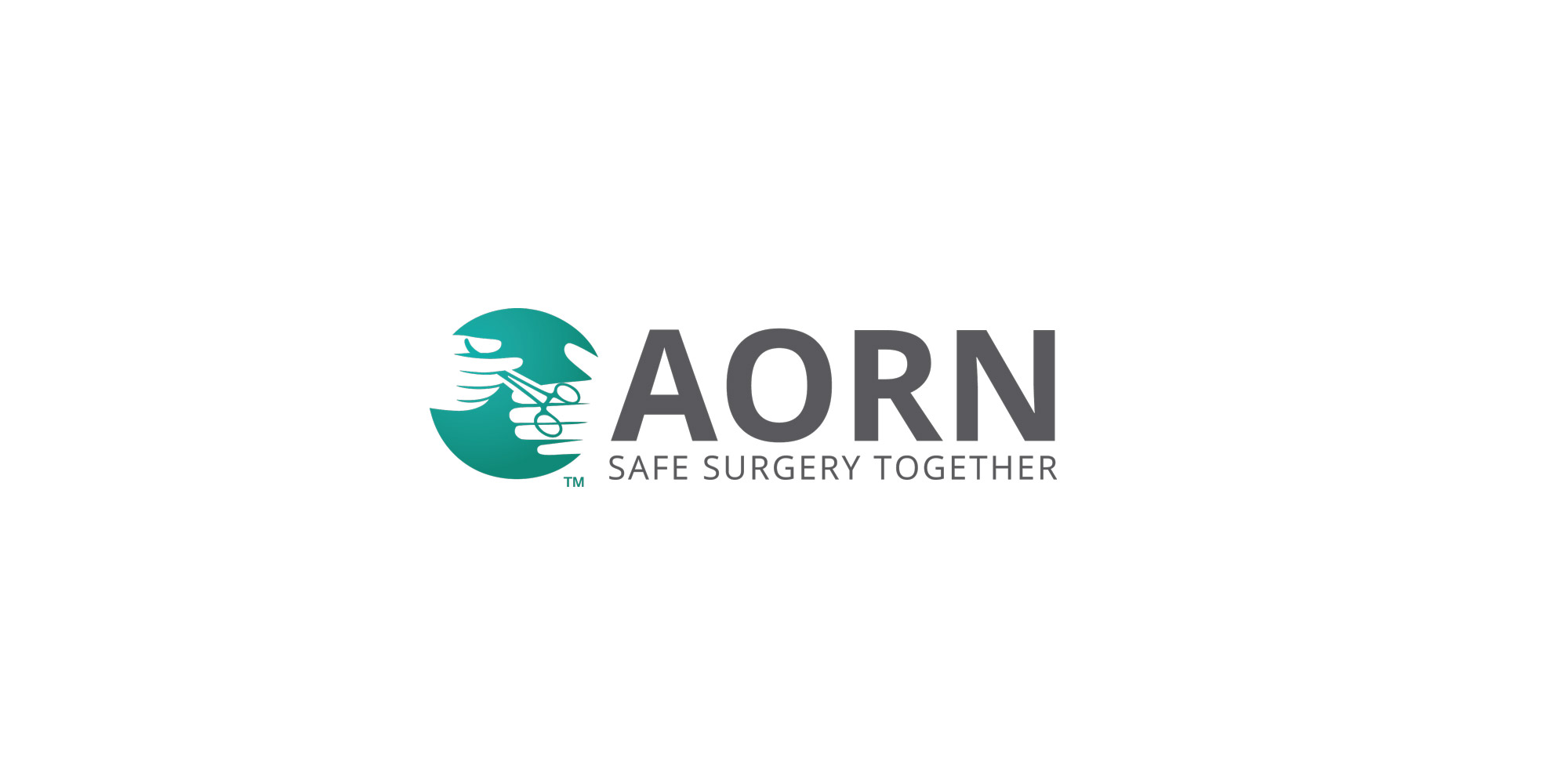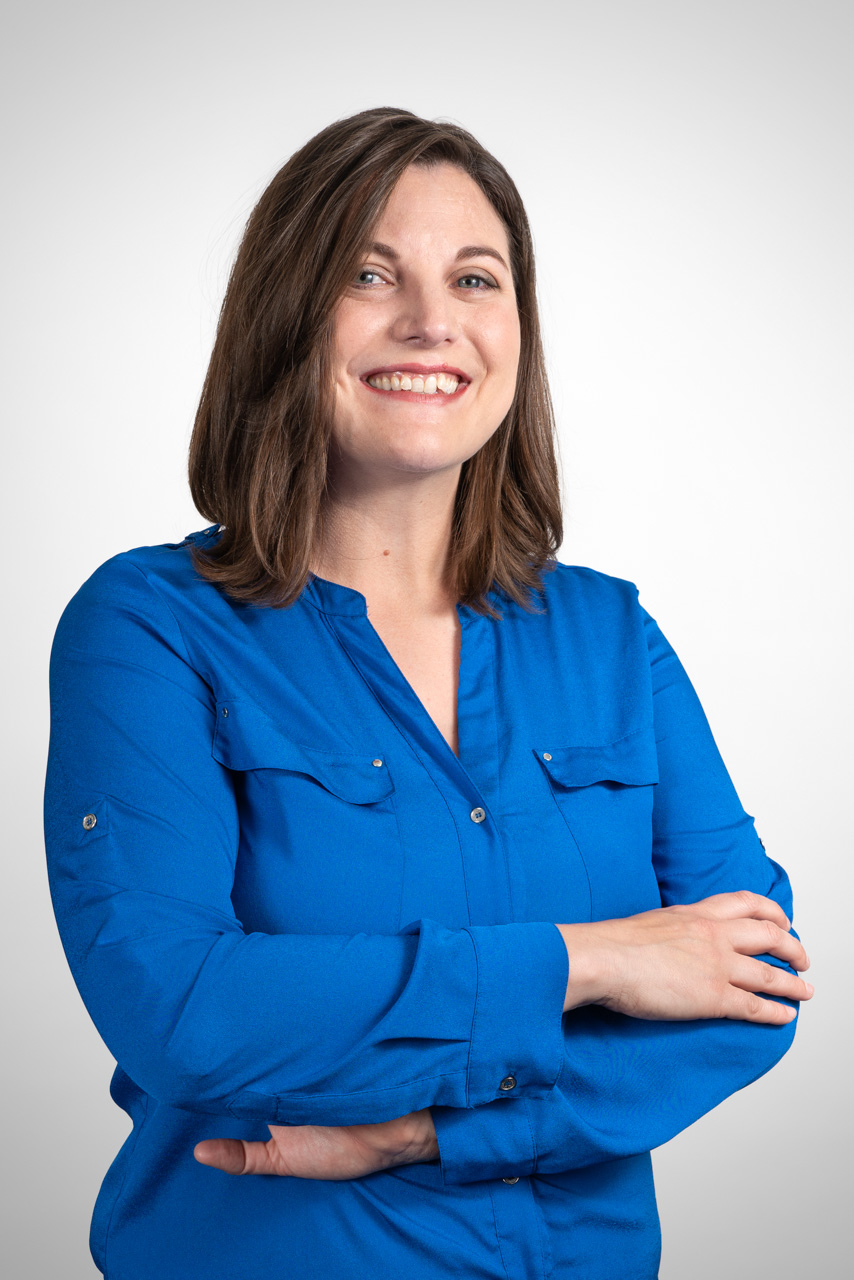
Top of mind for hospital administrators when comparing single-use and reusable endoscopes are things like cost and environmental factors.
But how do those decisions impact those responsible for reprocessing a reusable scope? After all, it can take a sterile processing team an hour or more to execute the 50 to 100 steps needed to reprocess a contaminated reusable endoscope.
The Association of periOperative Registered Nurses (AORN) wants to help facilitate a deeper dialogue for those kinds of evaluations. In its new guideline for flexible endoscope reprocessing, approved in September 2022, AORN outlines a host of recommendations for processing flexible endoscopes covering everything from point-of-use treatment to sterilization, high-level disinfection and storage.
The guideline also makes recommendations for before an endoscope is even purchased and suggests that healthcare facilities create an interdisciplinary team to develop a standardized process for evaluating and selecting flexible endoscopes.
“Unfortunately, we hear all too often that flexible endoscopes are brought into facilities without any consultation with sterile processing team members only to find out that the recommended processing method may not be available or is overly cumbersome,” said Amber Wood, senior perioperative practice specialist at AORN.
 Wood is the lead author of the new AORN Guideline for Processing Flexible Endoscopes and has served as a member of the Association for the Advancement of Medical Instrumentation (AAMI). Here she discusses why some of the new recommendations were made and explores some of the challenges healthcare facilities will face implementing them
Wood is the lead author of the new AORN Guideline for Processing Flexible Endoscopes and has served as a member of the Association for the Advancement of Medical Instrumentation (AAMI). Here she discusses why some of the new recommendations were made and explores some of the challenges healthcare facilities will face implementing them
AORN does not support or endorse any specific products, nor does it advocate for either single-use or reusable endoscopes.
SUE: Why did AORN undertake these updates to flexible endoscope reprocessing standards, what was the goal and what would you say are the most significant changes?
Wood: AORN revises each guideline on a 5-year review cycle, and we knew there was a large amount of new evidence on the topic of processing flexible endoscopes in addition to significant updates to the ANSI/AAMI ST91 standard to incorporate.
The biggest changes to the practice of processing reusable flexible endoscopes are the recommendations for cleaning verification testing, borescope inspection, and drying after high-level disinfection.
SUE: Let’s explore the pre-purchase evaluation recommendation: Why was it added to the guidelines?
Wood: We have a general guideline on medical device and product evaluation, but we needed to incorporate specific recommendations for flexible endoscopes because of their complexity and patient safety concerns.
SUE: How will this update impact healthcare facilities, and what are the key factors healthcare facilities will need to consider during the pre-purchase evaluation process?
Wood: These recommendations will help leaders develop a standardized pre-purchase evaluation process at their facility.
The guideline provides many elements that are important to consider, such as patient and user safety, education needs, resource needs, vendor support for maintenance and repair, financial impact, environmental impact, and compatibility with existing products and processes.
SUE: AORN recommends convening “an interdisciplinary team” to develop a standardized process for evaluating and selecting flexible endoscopes and other equipment: What do you see on the overall healthcare landscape that necessitates an interdisciplinary team, and what disciplines should be represented?
Wood: Unfortunately, we hear all too often that flexible endoscopes are brought into facilities without any consultation with sterile processing team members only to find out that the recommended processing method may not be available or is overly cumbersome.
This is why we think the interdisciplinary team needs to be involved in the purchasing decision, so that our experts can help keep best practices for processing top of mind when evaluating performance and cost.
Stakeholders who will use, process, or store endoscopes in any department (OR, endoscopy, ICU, ED, clinic) need to be represented on the interdisciplinary team, including surgeons/proceduralists, sterile processing, endoscopy/OR personnel, infection preventionists, and biomedical engineers
Having clinical educators on the team from the beginning will also be helpful since competency verification activities will be essential for successful implementation.
SUE: The pre-purchase section lays out criteria to use when determining whether to purchase single-use or reusable endoscopes and accessories. Is this the first time that single-use is specifically cited in AORN’s guidelines and if so, why?
Wood: The AORN Guideline for Medical Device and Product Evaluation provides general guidance for evaluating single-use and reusable items in the perioperative setting.
When we revise our guidelines, we start with a systematic literature search. In the literature search, we found several new research articles comparing single-use and reusable flexible endoscopes for cost effectiveness that we thought would be very helpful for teams, so we included specific recommendations in the Guideline for Processing Flexible Endoscopes.
To be clear, AORN does not support or endorse any specific products, nor do we advocate for either single-use or reusable endoscopes.
SUE: What are some of those criteria and why were they selected — what factored into calling attention to these specific aspects?
Wood: The main things people tend to think of when comparing single-use and reusable endoscopes are cost and environmental impact on landfills. Although these factors are important, there are many other factors to consider, including the environmental impact of reusable endoscopes and processing methods.
Patient safety should be our first consideration. There have been more outbreaks with flexible endoscopes than any other medical device and FDA has recommended that the industry move toward device designs that make processing easier, more effective, or unnecessary, which includes single-use flexible endoscopes or disposable components like distal endcaps. Therefore, it is important to consider whether the facility has the resources and ability to clean, process, and dry the reusable endoscope in accordance with the manufacturer's instructions for use.
We found moderate-quality evidence indicating that use of single-use cystoscopes for stent removal, ureteroscopes, colonoscopes, and duodenoscopes are more cost effective than use of reusable endoscopes at facilities with a low procedure volume. Although acquisition costs are higher per procedure for single-use flexible endoscopes, savings in labor, consumables, reprocessing, and repairs may make costs per use comparable to reusable flexible endoscopes. Procedure volume had a significant impact on cost and profitability. Cost-effectiveness may also be highly variable depending on purchase costs, reusable endoscope longevity, and reusable endoscope repair costs.
For single-use endoscopes, inventory and storage requirements are important and sometimes overlooked. There may also be disposal requirements and associated costs or rebate programs to consider for single-use endoscopes. Single-use endoscopes may also be a consideration for patients with known multi-drug resistant organisms or in locations where there is no immediate access to endoscopes, processing equipment or support.
SUE: What do you see as the challenges healthcare facilities will need to be aware of when implementing the pre-purchase evaluation recommendation?
Wood: Resources are the biggest challenge right now, especially staffing, and looming supply chain issues. Larger health care organizations will likely need a variety of solutions to meet all their internal customer needs.
Some departments may benefit from single-use endoscopes and others with high volumes may benefit from reusable endoscopes. Leaders will need to find their ideal mix based on their various departments’ volume, access, staffing, and anticipated repair costs.
SUE: How will the effectiveness of the pre-purchase evaluation clause be evaluated over time?
Wood: We monitor the literature through search alerts for any practice changes that would necessitate a revision of our guidelines. We also review and highly value feedback from users, AORN members, and our AORN Guidelines Advisory Board to support education and implementation efforts.
SUE: Can you recommend any additional resources or support available to help healthcare facilities navigate the pre-purchase evaluation process?
Wood: There is great guidance available from ANSI/AAMI ST91:2021 Flexible and semi-rigid endoscope processing health care facilities, the Healthcare Sterile Processing Association Endoscope Reprocessing Manual 2nd Edition, the ECRI Institute "When to consider single-use endoscopes", and the vendors who have many helpful tools, calculators, and information to help facilities perform their cost-benefit analysis.
SUE: Is there anything you wanted to add that we didn’t think to ask?
Wood: Endoscopy procedures are essential to patient care, and we must work together to make these procedures as safe as possible.


